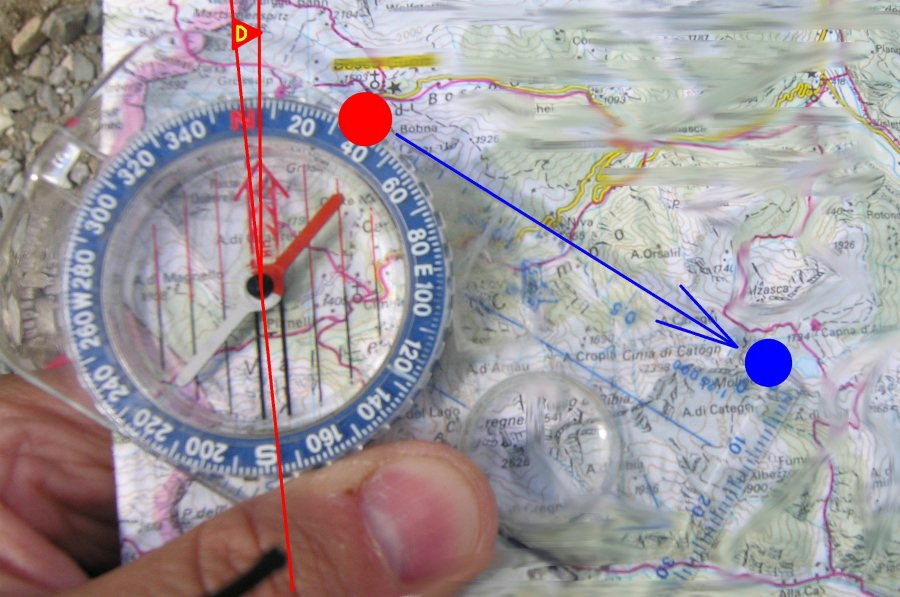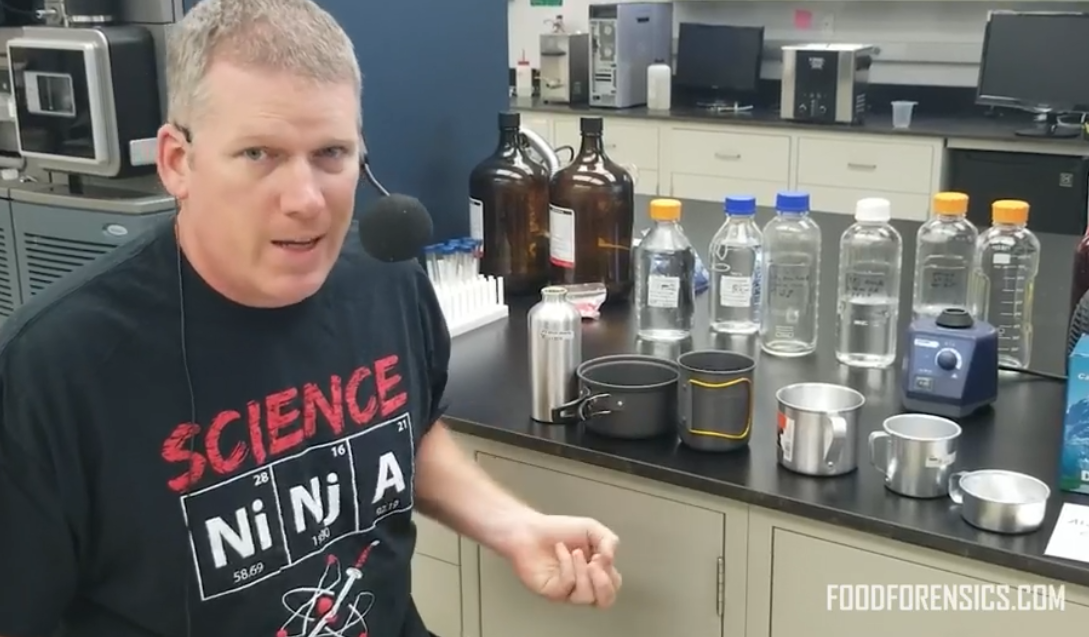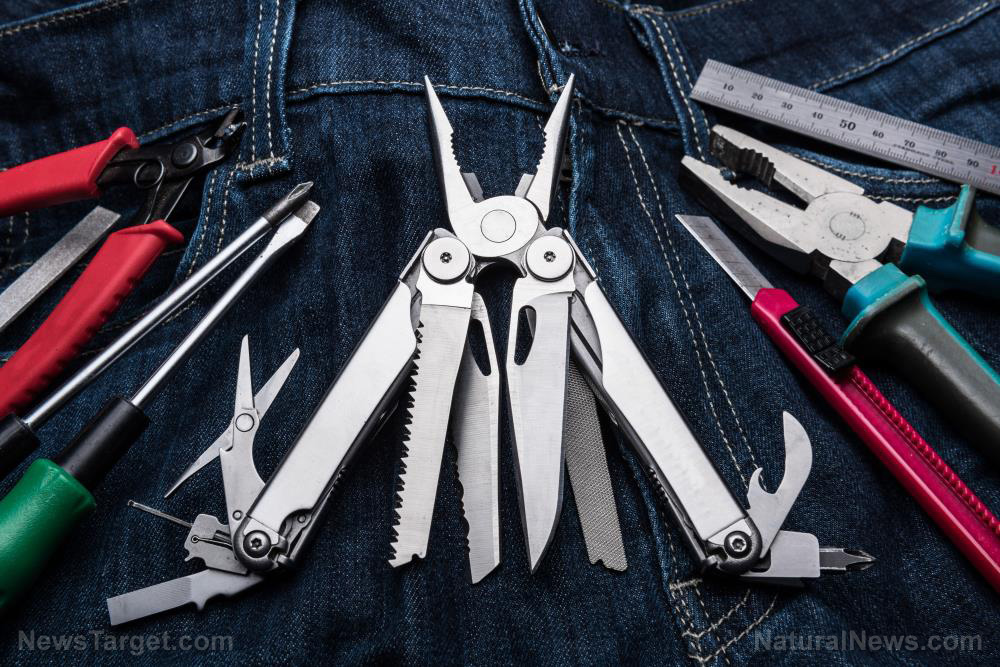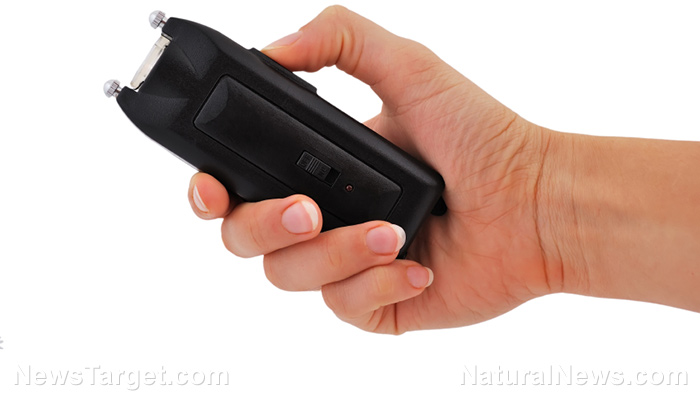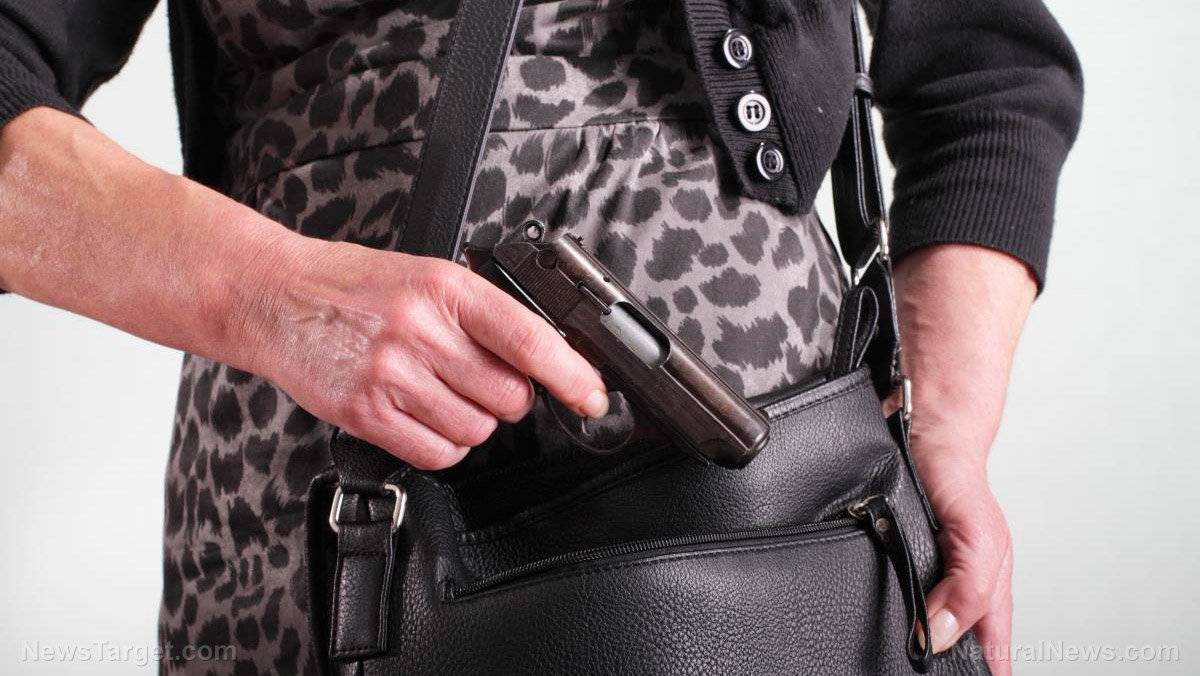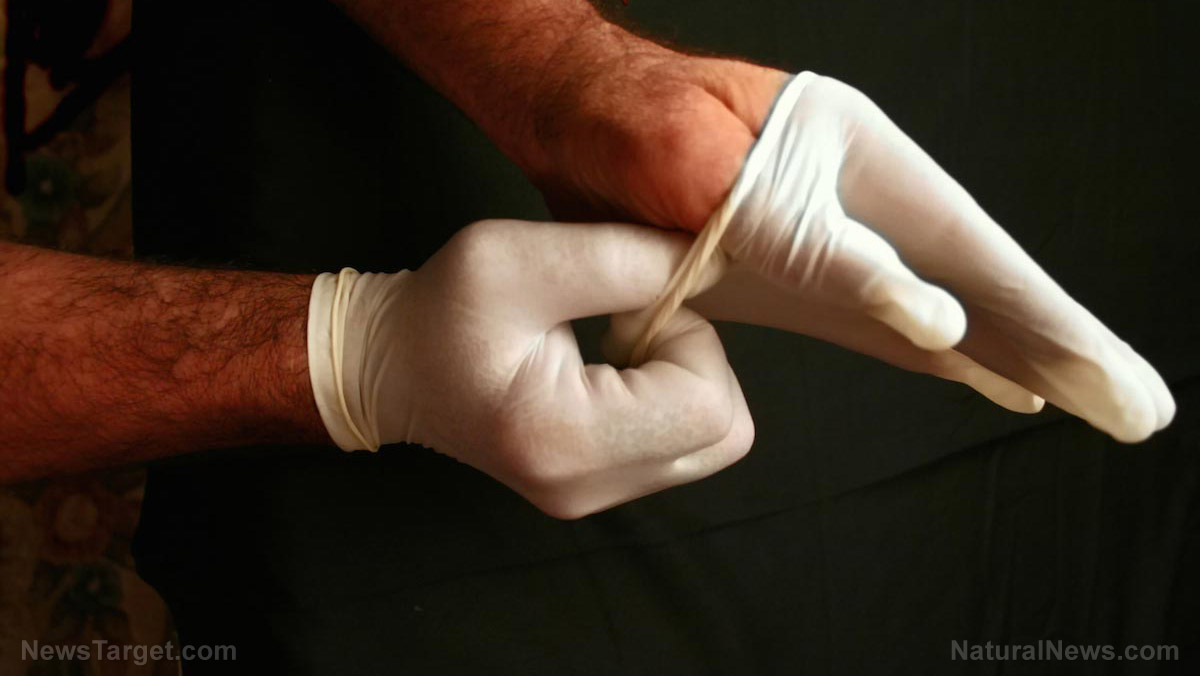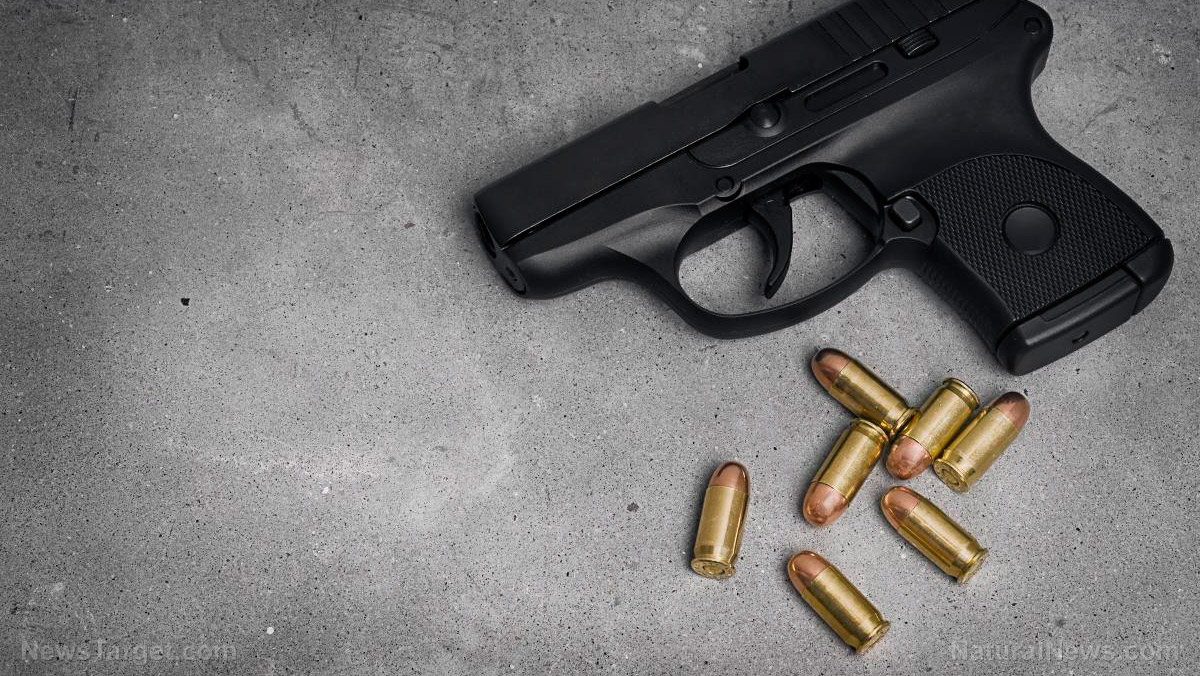6 Useful medical devices to have when SHTF
08/26/2019 / By Melissa Smith

Because there are many medical devices available, it can get confusing to choose which ones to invest in. To help you out, here are six medical devices that may be important to have when SHTF. (h/t to TheOrganicPrepper.com)
#1 Advisory external defibrillators (AEDs)
Having an AED on hand could save lives, especially in post-SHTF or other high-stress situations where heart attacks may be common. AEDs produce a shock that can stop the irregular rhythm of the heart and resets it to normal. Note that AEDs can be expensive, ranging between $400 and $2,000, but it’s a useful medical tool to have if you can afford one. If you can’t, a cheaper alternative is aspirin. Taking an aspirin right away after a heart attack can treat shockable arrhythmia and help save someone’s life. (Related: Top 12 NECESSARY items for survival when SHTF.)
#2 Blood pressure cuff
Although automatic or partial automatic blood pressure cuffs are more common and easy to use, they don’t last for a long time and are hard to repair. As an alternative, you may choose a manual blood pressure cuff to measure blood pressure. Manual ones have the potential to be useful in a long-term disaster scenario and you can get one for $20 to $100.
Reading blood pressure can help identify potentially dangerous health conditions. A normal blood pressure reading is around 120/80. A low blood pressure reading is 90/60, while a high blood pressure reading is 140/90. High blood pressure typically has no signs or symptoms, so a blood pressure-reading device is a useful medical tool to have on hand.
#3 Finger-tip pulse oximeters
This medical device is used to measure the percentage of oxygen in the blood. It indicates how effectively the lungs and gas exchange are working in the body. This item is also inexpensive – you can buy it for $20 to $100.
#4 Glucometer
A glucometer is used to check blood sugar levels. Aside from people with diabetes, measuring blood sugar levels is also important for anyone who is seriously ill, especially children. It can also help identify whether a person has eaten enough food. You can get a glucometer without a prescription.
#5 Mercury thermometer
In some medical emergencies, you may need to check the patient’s body temperature. You can do this by using a mercury thermometer. It is accurate and does not need batteries. A normal body temperature should be around 37 C. A body temperature of up to 39 C is considered a mild fever. High fevers need to be recognized and addressed as soon as possible because they can be life-threatening. A fever of 42.4 C or higher can damage the brain permanently.
However, there are downsides to this medical device. For one, it contains mercury, a toxic element. It is also slim and made of glass, so there is a risk of it breaking. However, if you are careful with it, it can last a lifetime.
#6 Otoscope
An otoscope is used to examine the ears, allowing the user to see the ear canal and eardrum. It can help you detect ear infections or obstructions inside the ear. An otoscope with an LED, powered by a AAA battery, and 100 disposable earpieces will only cost you $20 to $30.
While these medical devices are indeed helpful, none of these items should come before getting your basics sorted. You should also invest time in learning how to safely and properly use these devices beyond the basic level to increase your chances of survival when SHTF.
Read more at SurvivalMedicine.news.
Sources include:
Tagged Under: advisory external defibrillators, blood pressure cuff, bug out, emergency medicine, finger-tip pulse oximeters, first aid, Gear, glucometer, medical devices, mercury thermometer, off grid, Off-the-grid living, otoscope, preparedness, prepper, prepping, SHTF, survival, survival gear, survivalist
RECENT NEWS & ARTICLES
COPYRIGHT © 2017 GEAR.NEWS
All content posted on this site is protected under Free Speech. Gear.news is not responsible for content written by contributing authors. The information on this site is provided for educational and entertainment purposes only. It is not intended as a substitute for professional advice of any kind. Gear.news assumes no responsibility for the use or misuse of this material. All trademarks, registered trademarks and service marks mentioned on this site are the property of their respective owners.

